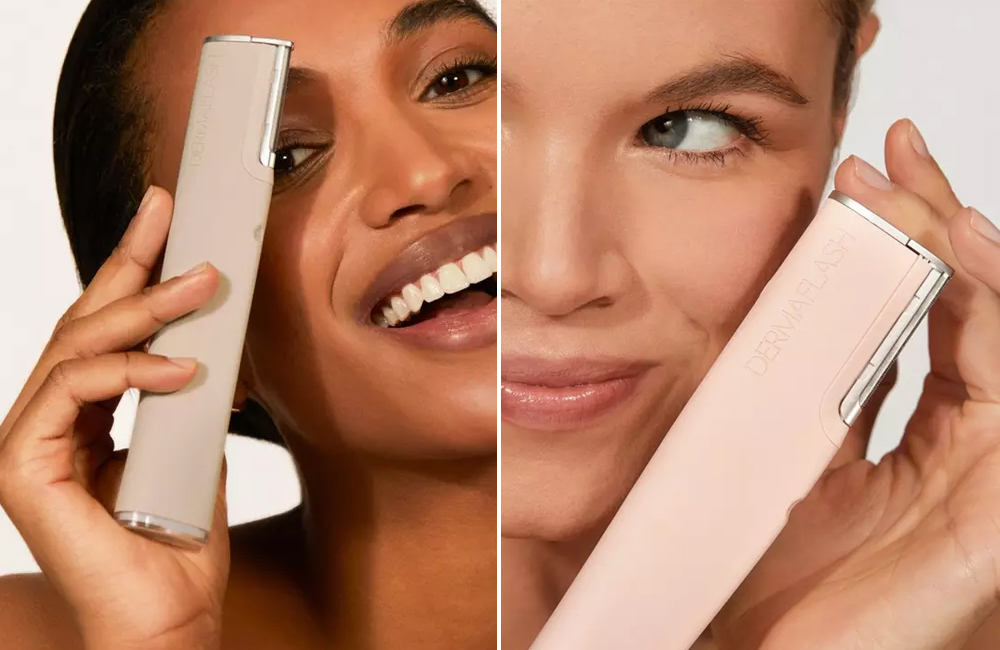
The stats about tanning and cancer are terrifying. According to the Skin Cancer Foundation, “more than 419,000 cases of skin cancer in the U.S. each year are linked to indoor tanning, including about 245,000 basal cell carcinomas, 168,000 squamous cell carcinomas, and 6,200 melanomas.” They also share that more people develop skin cancer from tanning beds than get lung cancer from smoking and that “any history of indoor tanning increases the risk of developing basal cell carcinoma before age 40 by 69 percent.” Tanning also causes an increased risk of melanoma, the deadliest form of skin cancer, as noted by the American Academy of Dermatology Association.
Like me, you might have seen the tanning bed and thought, “Well, Kardashian has psoriasis, so maybe that’s why she has a tanning bed.” She’s been very open about her struggles with the condition, but contrary to popular belief, UV exposure can be more harmful than helpful in the treatment of psoriasis. “A blistering sunburn can trigger a whole-body psoriasis flare, as sunburn can be thought of as systemic injury to the skin,” board-certified dermatologist Shasa Hu, MD, told Allure in 2021. “This is why, although natural sunlight at a very low dose and medical UV therapy are known treatment for psoriasis, sunburn is a big no-no for psoriasis patients. The same goes for tanning bed use.” Kardashian also shares a glimpse at the red UV light bed sitting right next to her tanning bed, so, hey, she got one part of the equation right.
For a while, tanning beds were basically persona non grata in the beauty world, especially after the end of the tanning-obsessed 2000s and due to advancements in sunless tanning products such as spray tans and at-home creams. The Skin Cancer Foundation notes that from 2009 to 2015, “indoor tanning among U.S. high school students decreased by 53 percent,” which is a pretty big drop. If you’ve used tanning beds post-oughts, chances are you’ve done so in secret to avoid the very lecture I’m giving you right now.
However, people are still really confused about tanning as a whole, as evidenced by a survey done by the American Academy of Dermatology in 2022. It found that 63 percent of the survey’s 1,000 participants got a tan in 2021 with 33 percent reporting a sunburn. The survey also noted that 22 percent of participants still believe the myth that getting a “base tan” helps prevent sunburns.






